Red light therapy for hair growth is a hot topic. And whether or not you’ve experienced thinning hair, there’s no doubt that many of us would enjoy thicker, faster growing hair.
Luckily, that’s where red light therapy, also known as low-level laser therapy (LLLT), steps in – a non-invasive hair loss treatment with the promise of longer, thicker hair.
Initially used by NASA to heal astronaut’s wounds and speed up the healing process, the beauty of red light therapy is that it works even if you have normal hair – improving hair density, count, and strength.
Red light therapy shows real promise, and it’s backed up by clinical studies too.
Just take a look at this clinical study, which showed an increase in hair density and thickness for hair loss sufferers without any side effects. The study looked at both men and women with the most common form of hair loss, known as androgenic alopecia aka male or female pattern hair loss.
In another clinical trial, red light therapy was shown to bring significant improvements in hair growth, hair density, and thickness. In fact, by a staggering 51% when compared with the placebo group.
The premise is simple: use red light therapy devices such as a helmet, cap, or brush daily for 10 minutes or for 25 to 30 minutes per session, up to 3 to 4 days a week.
This isn’t a fly by night treatment. To see the best results, consistency is key. Most people start to see hair regrowth and improvements in their hair after 4 to 6 months.
What Causes Hair Loss in Women and Men?
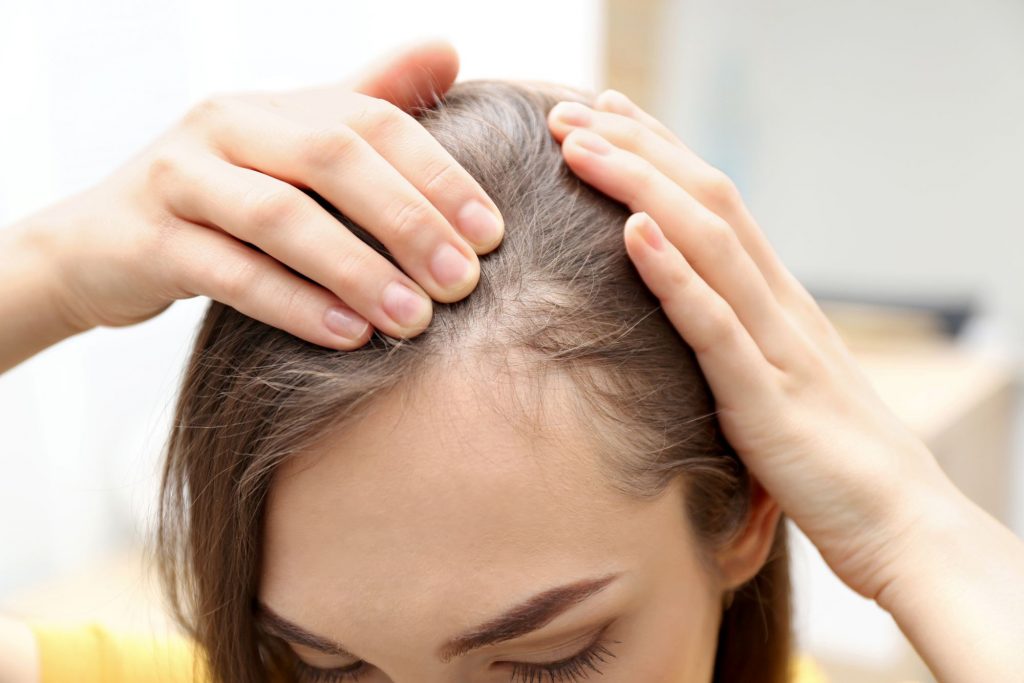
Hair loss can happen for several different reasons. Most typically, it is hereditary i.e. passed down to you from your parents, as is the case for androgenetic alopecia (pattern hair loss) and alopecia areata (an autoimmune condition that’s part genetic and part environmental in nature).
Hair loss can also be temporary, for instance due to the stress caused by an accident. Some people may experience hair loss or thinning due to medical conditions or treatments, such as during chemotherapy.
The most typical reason for hair loss amongst men and women is caused by androgenetic alopecia, affecting more than 50 million men and 30 million women in the United States.
What are the Benefits of Red Light Therapy Treatment?
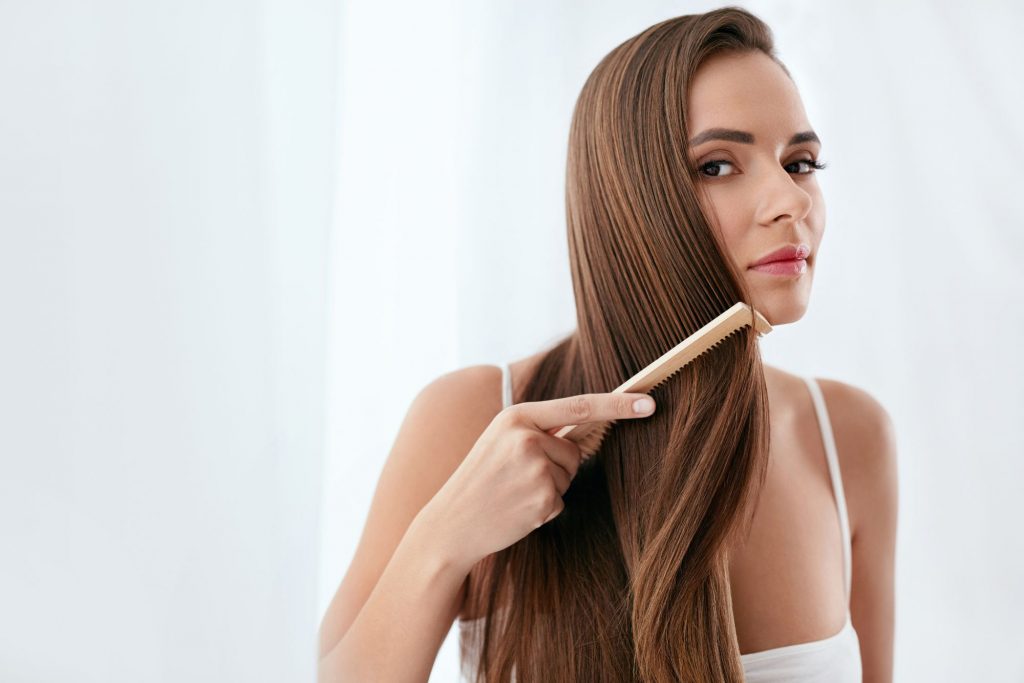
Here are some of the benefits of low-level light therapy:
Faster Hair Growth
Red light therapy works by increasing blood flow and stimulating hair follicles for faster hair growth. This stimulation triggers dormant hair follicles to come out of their resting phase and stay in the growth phase (anagen phase) for longer as part of the hair growth cycle.
Thicker and Denser Hair
Red light therapy discourages hairs from entering their resting phase prematurely, leading to a decrease in shedding.
In the following clinical study, the participants saw an increase in hair counts. They saw an improvement in hair density of 41.9 hairs per square centimetre, compared with the placebo increase of 0.72 hairs. The diameter of each strand was increased too. Participants saw an increase in hair thickness of 7.50 μm, whereas the control group showed a decrease of 15.03 μm.
It Works for Everyone
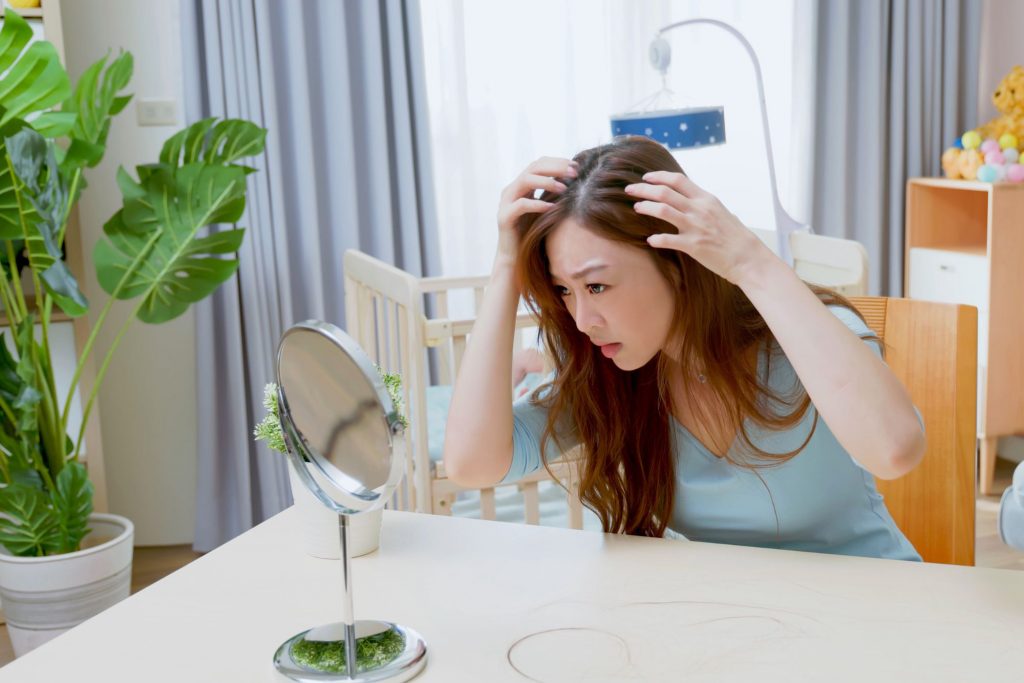
Red light therapy laser devices work for all kinds of hair loss – whether you have genetic forms of hair loss, stress related hair loss, postpartum hair loss, or hair loss due to ageing or hormone issues.
Healthier Scalp
Often overlooked, a healthy scalp is key to healthy hair. Red light therapy increases blood circulation to the scalp, increasing available oxygen and nutrients for hair follicles. Inflammation can also be a cause of hair loss, and red light therapy helps to reduce inflammation for a healthier and calmer scalp.
More Beautiful Hair
Because red light treatment improves the overall health of the hair follicles, over time, it can lead to more beautiful hair. Some users report more lustrous locks that are not only stronger and less susceptible to breakage, but shinier too.
Non Invasive and Safe
Red light therapy is a non-invasive treatment, meaning it doesn’t break the skin or enter the body. It has no known significant side effects, so it’s thought to be safe for long term use.
The FDA in the United States has approved aesthetic use of red light therapy. Moreover, many red light therapy devices are FDA-cleared, since they’re considered a low risk to health. Red light therapy does not produce UV light, therefore it won’t cause skin cancer.
The non-invasive nature of the therapy means nobody can tell you’re undergoing therapy.
Easy on Your Wallet
Although red light devices can be expensive, they’re an effective treatment at a far more accessible price point than invasive surgeries such as PRP and hair transplants.
Convenient
Because these devices are suitable for at-home use, you can complete a treatment session in your own home without any extra medical equipment. Perform the therapy whenever you feel like it. While using your red light device, put your feet up with a good book or catch up with your favourite TV show!
Discreet
There are a variety of discreet laser devices to choose from. These fun laser hair brushes and laser caps mean no-one can tell you’re performing your treatment.
Red Light Therapy Before and After
This 2014 double-blind randomised controlled trial of 47 women suffering with androgenic alopecia showed real promise. Subject A showed hair counts of 153 at the start of therapy, and 221 after treatment. Subject B showed hair counts of 108 at the start and 209 after treatment.
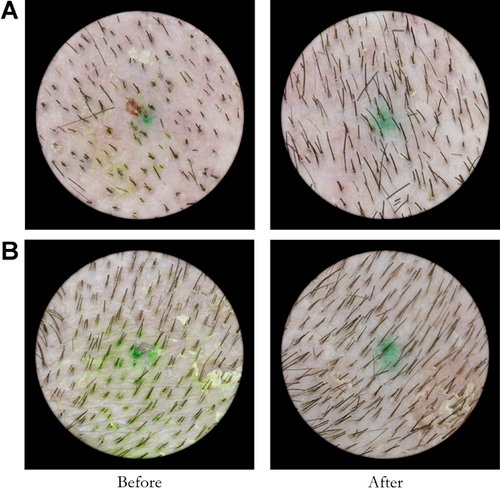
How Does Red Light Therapy Work?
We don’t exactly know, but the theories are pretty solid.
- Hairs in the resting phase (catagen phase) are encouraged into the growing phase (anagen phase).
- The hair follicle is stimulated to keep the hair in the growing phase (anagen phase) for longer.
- The therapy increases the productivity of active anagen hair follicles, making them more prolific.
- Hair follicles are delayed from entering the resting phase (catagen phase) prematurely.
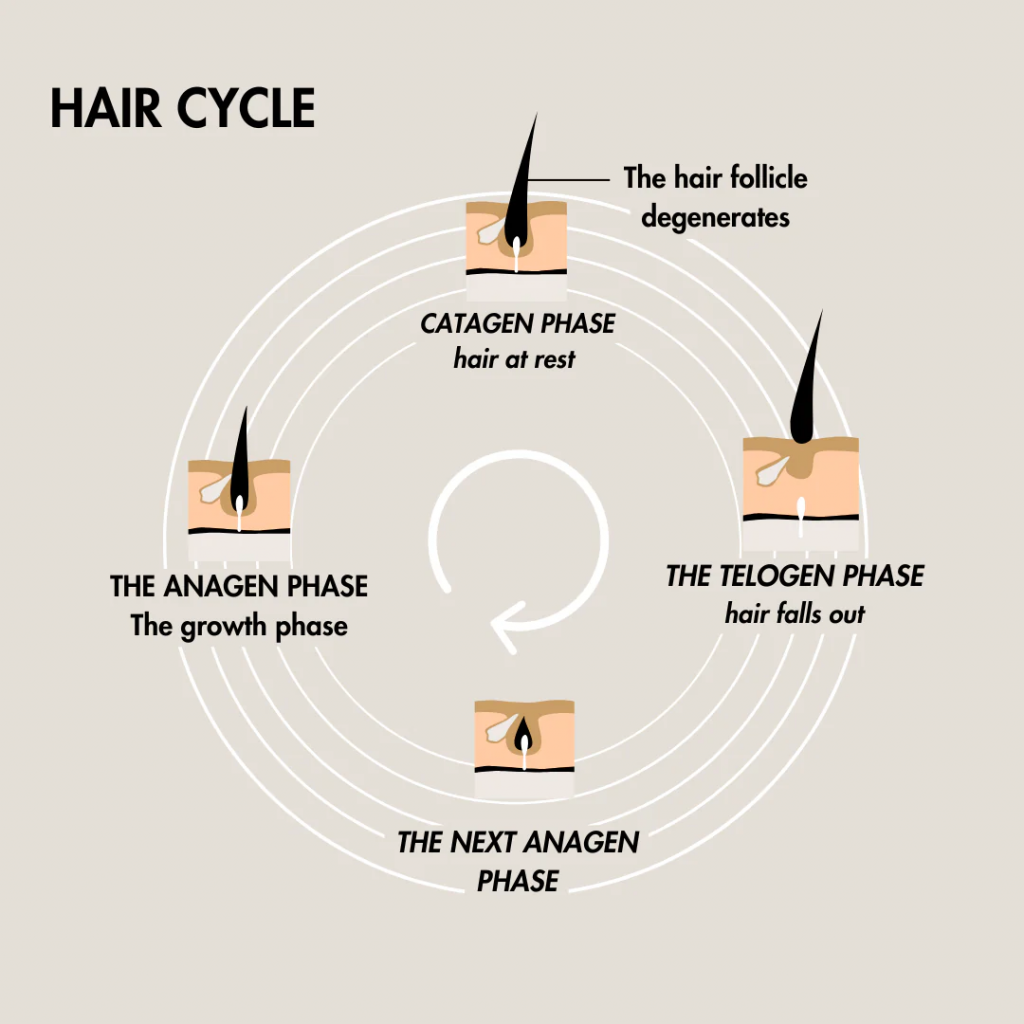
Image courtesy of Nooance Paris.
More details of the mechanism: Red light therapy causes an increase in cellular activity to boost hair regrowth. In this process, low-level red or near-infrared light energy deeply penetrates the hair shaft, stimulating an enzyme known as cytochrome c oxidase which lives in cellular mitochondria (source).
This reaction boosts mitochondrial activity and creates more adenosine triphosphate (ATP). ATP is crucial in our cells to provide energy and boost cellular metabolism. It’s like a power-up for hair!
What to Look For In A Red Light Therapy Device?
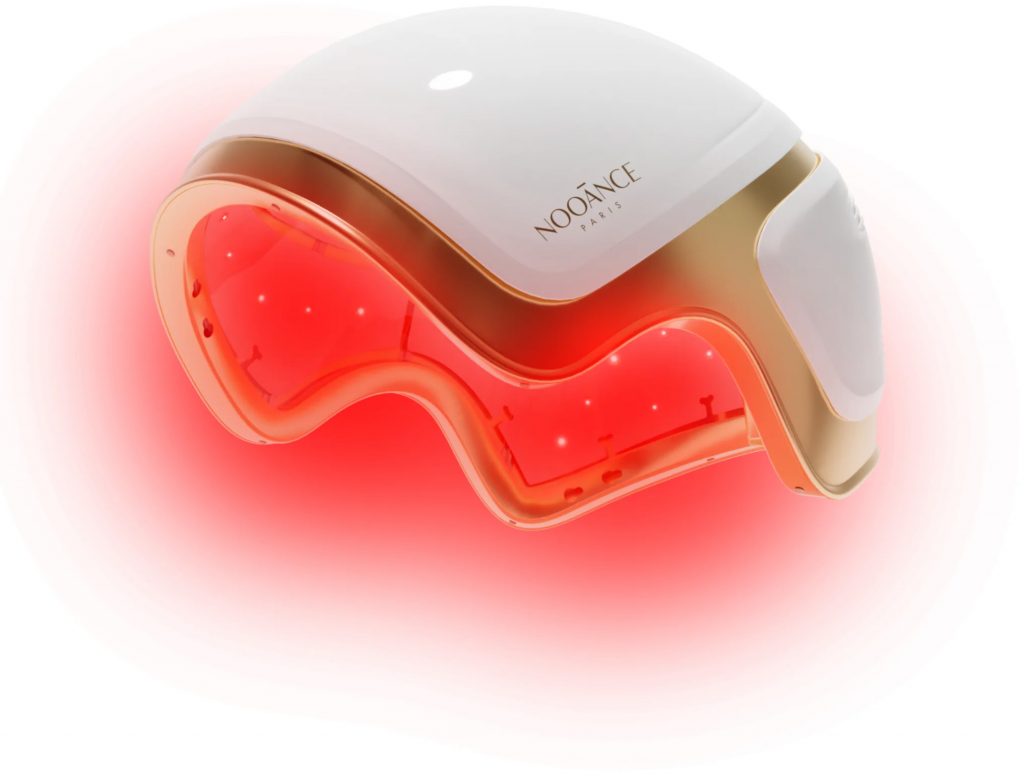
Since not all hair growth devices are created equal, what should we be looking for in a red light device?
Wavelength
In case you were wondering, wavelengths of 650 and 655 nanometers are well documented to be the most effective on hair follicles and the scalp. So when you look for a red light device, make sure it operates with wavelengths of light within this optimal range.
Combined LED and Laser Technology
You can choose a hair regrowth device that uses both LED (light-emitting diodes) and laser technology. What’s the difference between LEDs and lasers when it comes to hair growth? Well, lasers use a single wavelength, focusing a narrow beam of red laser light of a single wavelength onto the scalp. Therefore, they can only treat a small area. On the other hand, LEDs emit a broader spectrum of light using one or more wavelengths. They can treat larger areas of the scalp. Combining these two technologies may lead to better results.
Number of Lights
Also consider the number of LEDs or lasers within the device. Naturally, a device containing more lights alters the effectiveness of red light therapy.
Customer Reviews
Does the device have good reviews from satisfied customers? What do customers like and dislike about the device?
Who Should Try Red Light Therapy?
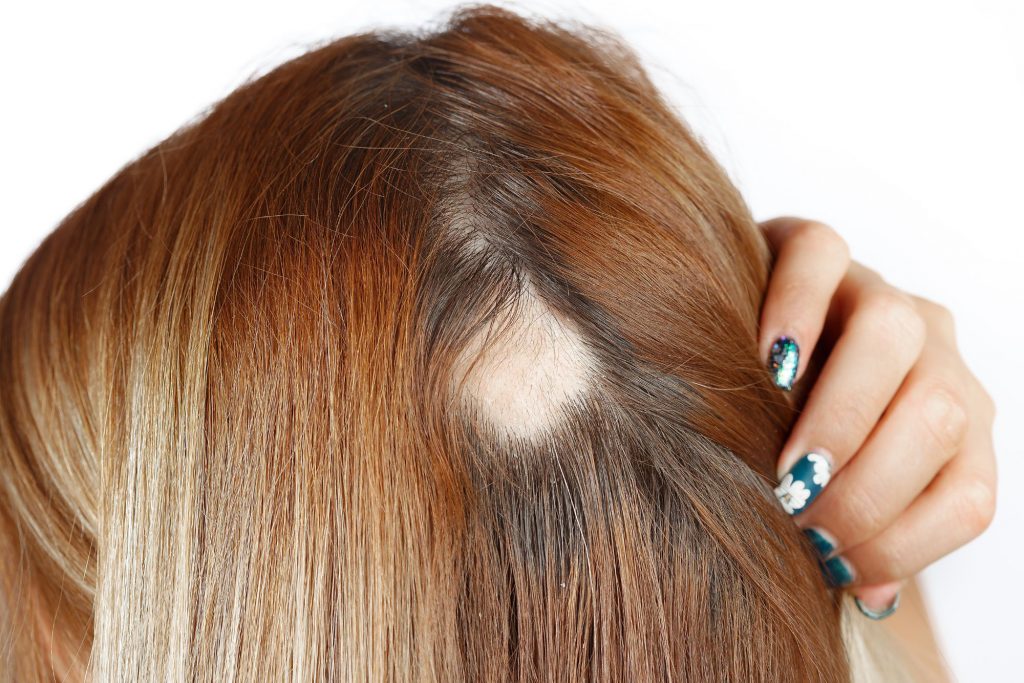
Women and men who are starting to experience hair loss will get the most benefit and optimal results from low-level laser light.
As a woman, you can use the Ludwig-Savin classifications to determine the severity of your hair loss. As a man, use the Norwood-Hamilton scale to grade your balding. These classifications can help you choose the right treatment. Red light therapy devices are suitable for women who present with I-1 to I-4, II-1, II-2, or frontal patterns, and men who present with IIa to V patterns of hair loss.
Red light therapy may be less effective in those with advanced hair loss. As effective as red light therapy is, it unfortunately won’t bring about total hair restoration by regrowing a full head of hair.
It’s a good idea to use cold laser therapy alongside other hair loss treatments such as topical minoxidil. This multi-treatment approach can lead to a greater increase in hair growth. However, speak with your doctor or dermatologist to discuss your treatment options before undertaking any treatment.
Does Red Light Therapy Make Normal Hair Thicker?
Yes, it does – even if you don’t suffer from hair loss. Think of low level light therapy as a glow up for your hair, bringing new hair growth, thickness, shine, and a soothed scalp.
How Long to See Results?
Using red light therapy for hair loss you should start to see results in 16 weeks of use.
What are the Downsides of Red Light Therapy?
There are a few contraindications to take into account when considering whether or not red light therapy is right for you. These include:
- Red light therapy can cause interactions with photosensitising drugs, so you shouldn’t use RLT devices if you take them.
- Some users report temporary headaches which pass quickly following treatment.
- Those with genetic conditions of the eye should avoid cold laser treatment.
- Others have noticed a warm or tingling sensation on the scalp which passes quickly following treatment.
You should consult your doctor if you notice any unexpected symptoms.
My Red Light Therapy Experience
Note: I was gifted the Nooance Paris Anti-Hair Loss and Regrowth Hair Helmet to provide an objective review on my blog. I wasn’t paid for this collaboration and my views are totally my own!
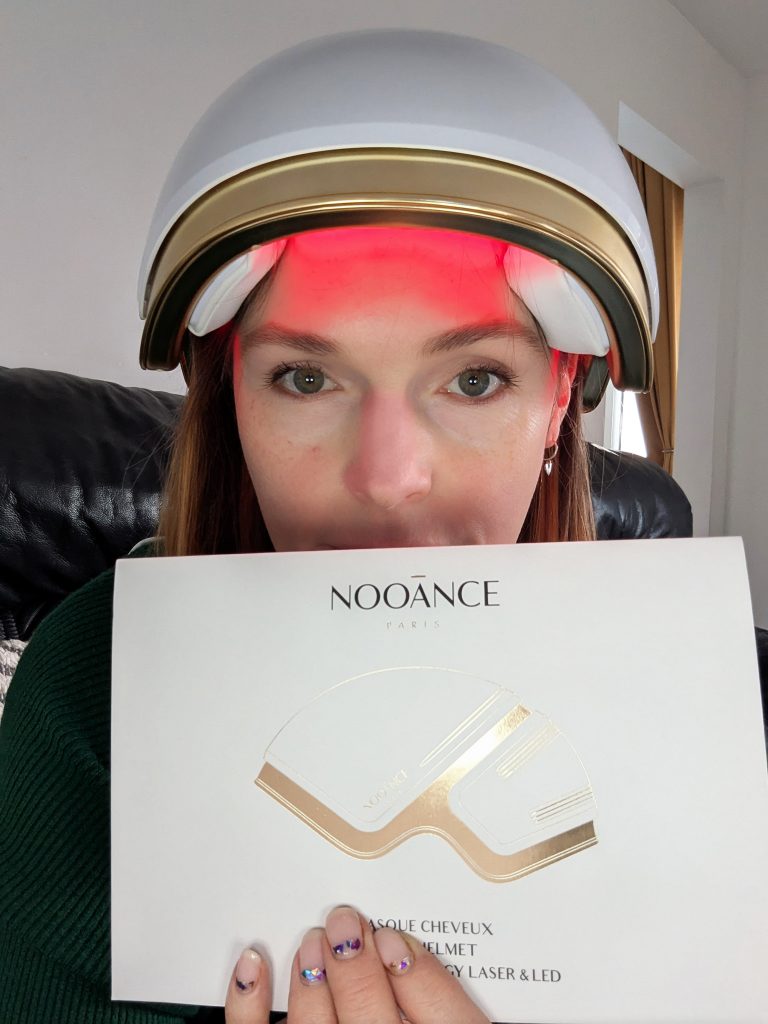
In this part of the post I’m going to share my experience of using red light therapy for hair growth. I’m using the Nooance Paris Anti-Hair Loss and Regrowth Hair Helmet.
My Hair Loss Story
While I don’t consider myself to have female pattern baldness, my hair is extremely fine, getting sparser, and losing a lot of density around the hairline.
I lost a lot of hair after my last pregnancy, and my baby was born in August 2023. Unfortunately, our shower often blocks from the amount of hairs I shed at each wash, and I find it distressing.
My beauty goal is to have thicker, denser hair that’s more resilient.
Review of the Nooance Paris Anti-Hair Loss and Regrowth Hair Helmet
I’ve seen significant results using topical hair growth treatments and hair growth supplements for the past six months. Now I intend to continue these treatments alongside the red light helmet. I started using the helmet on 14th January 2025.
The specifications of this helmet are excellent and if you’re looking for the maximum impact from your red light helmet, you should compare this to the others on your shortlist.
It boasts a 195% reduction in hair loss, validated by French clinical studies, guaranteeing results.
The helmet works using a combination of LED and LLLT technologies to maximise effectiveness. In fact, it has one of the largest numbers of LEDs and lasers of any helmet or cap on the market with 200 LEDs, and 82 lasers.
The Nooance helmet is really stunning. It looks beautiful, and it feels robust and high quality.
It’s easy to set up even for those not technically inclined. I really like the adjustable foam pads that allow you to get the perfect fit for your head size and would allow you to share your helmet with a partner or friend.
Using the Helmet
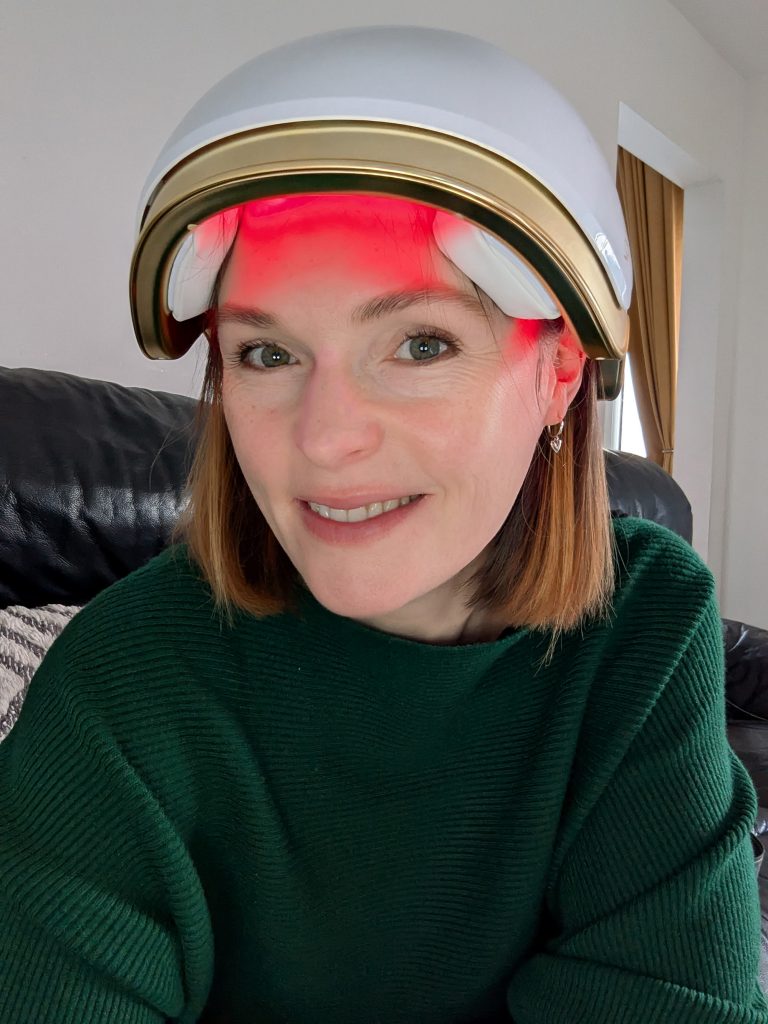
It’s recommended to use this helmet for 25 minutes per session, every other day. You can plug it directly into the mains power to use it – it will cut off after 25 minutes. However, I prefer to use it with its own included USB controller/power pack. This plugs into the helmet and gives total control over the device – you can stop, start, or pause, and the display counts down your time left.
Downsides
There are only two downsides to this helmet that I’ve found. The first is that the LED display can be a little bright and dazzling at nighttime. I wish I could turn it down a little, but it’s only a minor niggle.
The second is that I do need to sit upright to wear the helmet, I can’t recline or lean forwards to read. This is because although the helmet fits snugly and doesn’t slide, it starts to feel a little heavy towards the end of the treatment time. This said, I am using my helmet late at night when my head and neck are tired! I can only fit it in once my four kids are in bed.
I’ve noticed no side effects from wearing the helmet.
Results
As for results, I almost immediately noticed that my hair shedding slowed down. However, it is still early days and since I’m only a few weeks into my treatment I’ll update this post when I reach 16 weeks of use with my “before and after” photos.
Buy the Anti-Hair Loss and Regrowth Hair Helmet for £940 at Nooance Paris.
Final thoughts
Low level laser therapy brings users a significant increase in hair growth, and hair thickness, while promoting a healthy scalp and hair for a fraction of the cost of medical treatment.
Have you tried red light therapy for hair growth? Let me know in the comments section below.
Remember to subscribe to my blog and follow me on Instagram to stay up to date with my latest posts.
Until next time!

The advice in this article is not intended to replace medical advice or medical treatment. Please talk with your doctor or dermatologist to devise a treatment plan suitable for your hair growth needs!



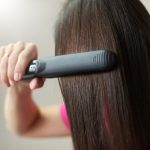

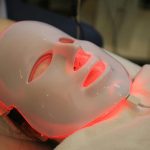
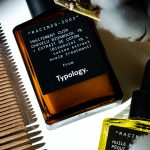
Comments are closed.